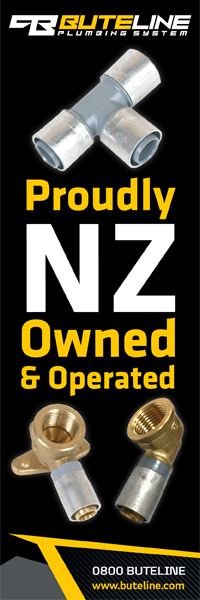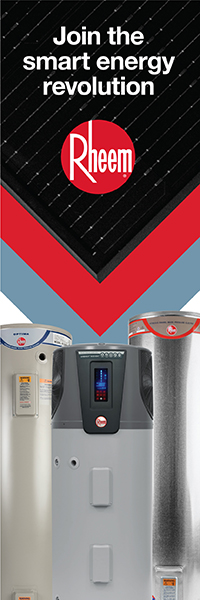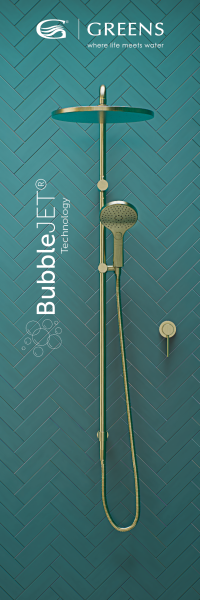Right as rain
23 December 2021
 Big buildings need big drainage, which is why the Marley Akasison siphonic roof drainage system was chosen for the 8,100sq m Bunnings Queenstown, in an area known for its environmental extremes. Here, some of the key partners involved outline the main factors that made Akasison the right drainage solution for this landmark, $40 million project.
Big buildings need big drainage, which is why the Marley Akasison siphonic roof drainage system was chosen for the 8,100sq m Bunnings Queenstown, in an area known for its environmental extremes. Here, some of the key partners involved outline the main factors that made Akasison the right drainage solution for this landmark, $40 million project.
Saving space
Main contractor for the Bunnings Queenstown design/build project was Milton head-office based Calder Stewart Industries Ltd/Calder Stewart Construction.
Paul Smith, National Design Manager, says a key issue was to provide adequate roof drainage, whilst meeting the client’s brief for no visible downpipes on the front face of the building. Akasison siphonic drainage was the solution.
Siphonic systems use the unique properties of water to draw the water down the pipe at a much faster rate. In traditional roof drainage, the water spirals down the downpipe, with a tunnel of air in the middle, so only a limited amount of water is discharged. That means multiple downpipes are required to handle the total load during heavy rain periods to stop water overflowing out of the gutters.
Siphonic systems require fewer, smaller downpipes because the system gets loaded and the water fills up and drops down the downpipe without the air tunnel. This means the water volume is cleared much faster. And the pipework can be installed horizontally and close to the roof with no gradient.
Smith says there are significant planning benefits in using the Akasison system, as many projects are developed at such speed that the design often isn’t advanced enough to see where downpipes are, and to get all the drains cast into the floor.
“Instead of having multiple vertical downpipes, you’ve only got the one vertical downpipe, depending on building size, so you can make a duct space or a set out, and that’s where all your siphonic system can go to,” he says.
Smith works with the Marley design team to do the concept for budgeting, and once all details are agreed with the plumber, it goes back to Marley for the detailed design phase. Then, all the documentation is ready for the building consent. “And the councils like it too,” he says.
 Surprising performance
Surprising performance
Peter Diver Plumbing was the subcontractor for Bunnings Queenstown and Director Michael Diver says Marley is his preferred siphonic option, with a superior clipping and rail system compared to others. “The overall product looks a lot better and it allows for expansion and contraction a lot better than other systems out there, so it will give a lot longer life,” he says.
Diver says that the first time using siphonics was “definitely an eye-opener”, running a 75mm pipe where you’d normally have a 200mm pipe. “But then, when you see it working, it’s quite surprising how much water it actually sucks out.”
He says you just have to trust the Marley design team to specify the right system. “It can look quite daunting to start with, but the Marley guys run over everything with you, give you really good documentation with plans, fittings list, measurements, everything like that. So it’s actually a lot easier than it looks.”
Easy install
Self-employed plumber Dave Weight of Ezyplumb contracted to Peter Diver Plumbing on this project and said it was a relief not to have to wrangle massive pipes on the Bunnings job.
“When you have big pipes that have got fall on them, they always hit an aircon duct sooner or later. And putting in a 125mm or a 80mm siphonic is a hell of a lot easier than trying to put 150mm PVC in and getting the ends together and all that,” he says.
“That’s the first time I’ve done a whole system. I thought it was cool. It was definitely a process, but it wasn’t really that difficult and I liked the end result.”














































